To make an answer out of my comment:
- The Datasheet of the 741 tells you that when operated from +-15 volts, your input must stay within +-12volts. That's 3 volts away from the rails. That holds true regardless of the voltage you are using. Since you are using +12V, and 0V, your input has to be between 3V and 9V. Your input signal is completely outside of the allowed input limits.
- There are numerous reasons not to use the 741.
- You have made a mistake in implementing a non-inverting amplifier. It should look like this (from here):

Do you see the difference? The feedback resistor goes from output to negative input. The other resistor goes from negative input to ground.
Ian Bland suggests the LM324 in a comment. The LM324 is indeed rated to 32V between rails. So, 0 and +32V or +-16V.
Importantly for your application, it includes 0V in its input range.
Operate it on 12V like you were trying to use the 741, and that should take care of your problem with input limitations.
Do note that the input range only goes to V+ (the positive rail) minus 1.5V. So, for your 12V operation the input is only allowed to be between 0 and 10.5V.
It also cannot get its output closer than about 2V to the positive rail.
The output also can't get closer to the lower rail than maybe 5mV.
The LM324 is a quad opamp - 14 pin package as opposed to the 8 pins of the 741, so it isn't a "drop in" replacement.
That's just about the relatively simple parts of it - about the limits of my knowledge, to be honest.
There are more things to be taken into account when picking an opamp.
Depending on how picky your sensor is, you may get to learn about those other factors the hard way. :)
It is usually better to give the parts designators. It is hard to discuss a circuit when every one has to say "that resistor over there, below that capacitor, to the left of the diode." Designators such as "R2" are much easier to refer to.



